Your Options to Withdrawing the ERC | The Voluntary Disclosure Program and the Withdrawal Program
The IRS offers several programs designed to help businesses stay compliant with tax laws while mitigating potential penalties. Two such programs that businesses should be aware of, especially in relation to the Employee Retention Credit (ERC), are the Voluntary Disclosure Program and the Withdrawal Program. Let’s dive into these programs and understand why it is crucial for businesses to review their ERC documentation during the current moratorium and understand the options available if wanting to withdraw.
The Voluntary Disclosure Program
The Voluntary Disclosure Program (VDP) is designed to encourage taxpayers to come forward and disclose previously undisclosed income and other tax liabilities. By doing so, taxpayers can avoid criminal prosecution and may be eligible for more favorable penalty terms. The key points of the VDP are:
- Proactive Disclosure: Taxpayers must voluntarily disclose their tax liabilities before the IRS initiates any investigations or audits.
- Full Cooperation: Participants are required to fully cooperate with the IRS, including providing complete and accurate information.
- Timely Payment: Taxpayers must agree to pay all taxes, interest, and penalties due.
For businesses that may have incorrectly filed for the ERC, the VDP provides a way to correct those errors without facing severe repercussions. However, it’s important to note, that you cannot currently be under audit. By voluntarily coming forward, businesses can ensure compliance and potentially reduce penalties.
The Withdrawal Program
The Withdrawal Program allows taxpayers to withdraw certain tax-related claims or applications that they have previously submitted to the IRS. This program is particularly useful if a business realizes that it has made an error in its filing or if it no longer qualifies for a benefit it claimed. Key aspects of the Withdrawal Program include:
- Eligibility: Taxpayers must submit a formal request to the IRS to withdraw their claim or application.
- Timing: The request must be made before the IRS has made a determination or taken any action on the claim.
- Consequences: Withdrawal can help avoid penalties and interest that may accrue if the IRS identifies errors during an audit.
For businesses that may have incorrectly claimed the ERC, the Withdrawal Program offers a way to rectify the situation by withdrawing the claim and resubmitting accurate information.
The ERC and Current Moratorium
The Employee Retention Credit (ERC) was introduced to support businesses during the pandemic by providing a refundable tax credit for keeping employees on the payroll. However, due to the complexity of the ERC and evolving guidelines, many businesses may have unintentionally made errors in their filings.
Currently, there is a moratorium on processing ERC claims, which provides businesses with a valuable opportunity to review their documentation and ensure everything is in order. During this period, businesses should:
- Review Documentation: Carefully go through all ERC-related documents, including payroll records and tax filings.
- Verify Eligibility: Double-check that the business met the eligibility criteria for the periods claimed.
- Correct Errors: If any discrepancies or errors are found, consider using the Voluntary Disclosure Program or the Withdrawal Program to correct them before the IRS resumes processing claims.
The Voluntary Disclosure Program and the Withdrawal Program offer businesses a way to stay compliant with IRS regulations while mitigating potential penalties. With the current moratorium on ERC claims, it is crucial for businesses to take this time to review their documentation, verify eligibility, and correct any errors. In doing this, businesses can ensure they have filed correctly and are prepared for any future IRS reviews. Taking proactive steps now can save significant time, money, and stress in the long run.
Disclaimer: We want to remind you that while we do have expert tax attorneys and tax professionals working on our team and for our clients, this blog is not legal or tax advice. But we do want to help. Reach out and schedule a time to speak with me or one of my teammates to review your unique set of facts and circumstances and see how we might be able to help you.
If you have any questions or think you may be eligible, click here to schedule your assessment.



